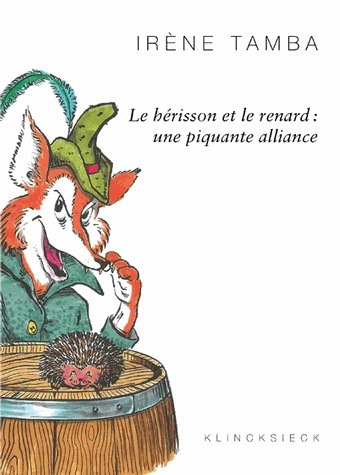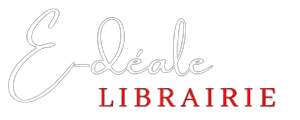The oldest mention of this equally enigmatic and paradoxical couple dates back to a 7th- century BC aphorism recorded in an isolated verse by Archilochus, the first Greek lyrical poet: "The fox knows many things, but the hedgehog knows one big thing." His last avatar dates from 2002, in the posthumous work by palaeontologist and biologist Stephen Jay Gould, The Hedgehog, the Fox, and the Magister's Pox Mending the Gap Between Science and the Humanities.
During the Renaissance, Erasmus revived the Greek proverb by cloaking it in Latin and contrasting the fox's multiple ruses with the single yet infallible strategy of a hedgehog which can roll itself into a ball. In the 20th century, the Oxfordian essayist and philosopher Isaiah Berlin rehabilitated Archilochus' image by distinguishing between two antithetical categories of thinkers and writers: the monistic hedgehogs versus the pluralistic foxes. In the early 21st century, Gould ventured beyond Berlin's dichotomy and reconciled the fox and the hedgehog by using them as symbols for the divergence and complementarity of science and the humanities.
Irène Tamba conducts an in-depth inquiry into the tortuous path crisscrossed by issues such as the use of the same names for certain land and sea animals, or the animal classification system and their popular and scientific names.
Linguist and Japanologist Irène Tamba has been exploring the semantics of languages with the stubbornness of a hedgehog and the curiosity of a fox, as attested to by her works on Le Sens figuré and La Sémantique, as well as her many articles on contrastive linguistics relating to French and Japanese.




